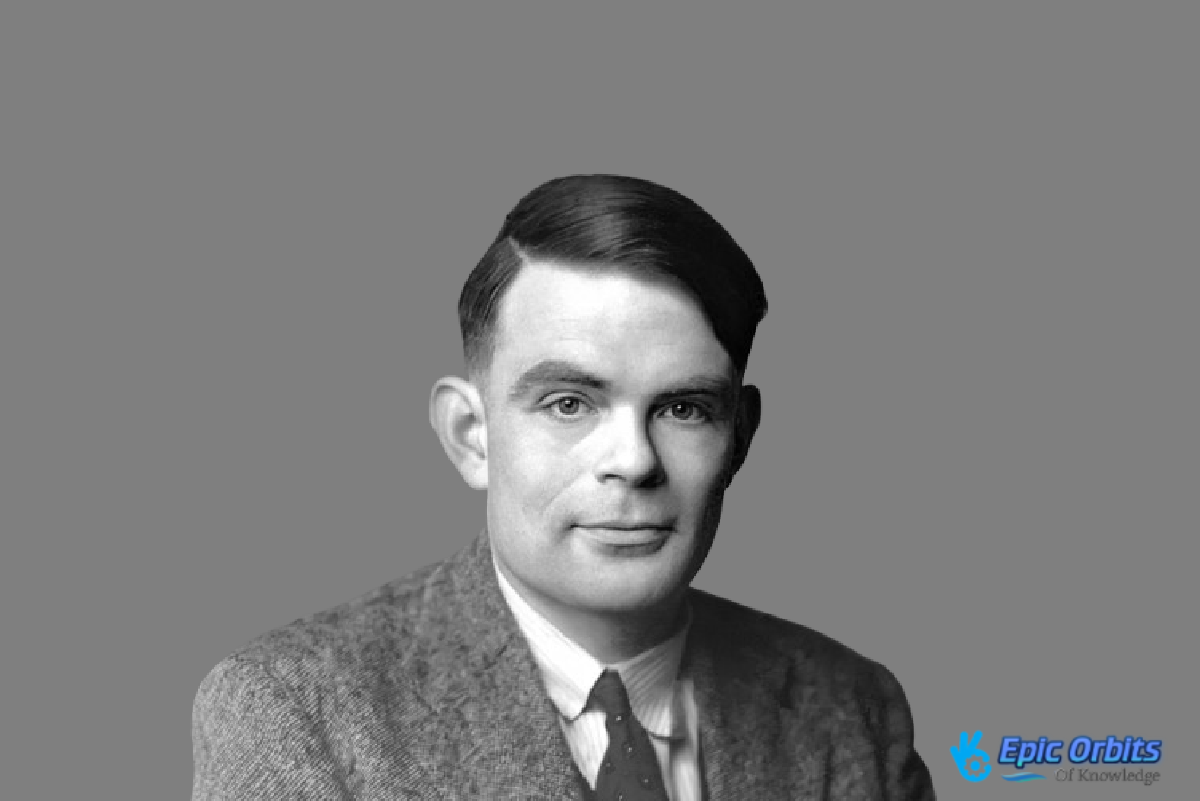Alan Turing Father of Modern Computing
Discover how Alan Turing revolutionized computing and laid the foundation for artificial intelligence and modern computer science.

Alan Mathison Turing was a British mathematician, logician, cryptographer, and philosopher, considered one of the fathers of computer science and one of the greatest mathematicians of the 20th century.
His work influenced the birth of the discipline of computer science, thanks to his formalization of the concepts of algorithms and calculation through the Turing machine, which in turn constituted a significant step forward in the evolution of the modern computer.
For this contribution, he is usually considered the father of computer science and artificial intelligence, which he theorized already in the 1930s, and he is also one of the most brilliant cryptanalysts who worked in the United Kingdom during the Second World War to decipher the messages exchanged by diplomats and military personnel of the Axis Powers.
Turing worked at Bletchley Park, the UK's leading cryptanalysis center, where he devised a series of techniques to break German ciphers, including the use of an electromechanical machine capable of decoding codes created by the Enigma encryption machine.
Biography of Alan Turing
Alan Turing was born in Maida Vale, a district of London, on 23 June 1912. He was the son of Julius (1873-1947) and Ethel Turing (1881-1976), both employees of the royal family located in India. Already at an early age, Turing showed signs of the genius that, in future years, would make him famous throughout the world.
However, due to his enormous passion for scientific subjects, he became disliked by the teachers at St. Michael, his first school, who had always placed more emphasis on classical studies.
During his early years at St. Michael, he faced significant difficulties and barely obtained his diploma. Not very fond of Latin and religion, he preferred readings regarding the theory of relativity, astronomical calculations, chemistry, or the game of chess.
In 1931 he was admitted to King's College, Cambridge University, where he was a student of Ludwig Wittgenstein and where he deepened his studies on quantum mechanics, logic, and probability theory (he independently proved the central limit theorem, already proved in 1922 by the mathematician Lindeberg).
In 1934 he graduated with top marks, and in 1936 he won the Smith Prize (awarded to the two best research students in physics and mathematics at the University of Cambridge).
In the same year he moved to Princeton University, where he studied for two years, finally obtaining a Ph.D. In those years he published the article “On Computable Numbers, with an Application to the Entscheidungsproblem,” in which he described for the first time the future “Turing machine.”
In 1940, at the age of 28, he was the head of the research group engaged in decrypting the machines used by the German navy, including Enigma. He was persecuted for being homosexual and forced to undergo chemical castration. He died at the age of 41.
Legacy of Alan Turing in World War Two
Turing made more than just intellectual contributions to the current society. Working for the UK government as a codebreaker during the Second World War, he sought to decipher the Enigma cipher machine encryption systems employed by the German military.
The Enigma, a typewriter-like device, encrypted messages by combining the letters of the alphabet. Although UK agents were able to intercept German communications, their nearly 159 billion potential encryption codes seemed unbreakable.
Turing and others at the codebreaking facility Bletchley Park built a computer known as the bombe, which was capable of scanning through the encryption possibilities developed from the work of Polish mathematicians.
This led to a significant shift in the war, enabling the UK and its allies to access German intelligence. Some estimates suggest that the war might have gone on years longer and claimed millions more lives without Turing's efforts.
Alan Turing: Beyond the field of computer science
Turing kept developing his views on computer science even after the war. Although he produced the first actual computers, his most well-known work occurred in 1950 when he asked in a paper, “Can machines think?”
Later known as the Turing test, he devised a technique to determine if a computer could replicate human dialogue. Although many current academics doubt the value of the Turing test, it became a fundamental component of the discipline of artificial intelligence.
Turing also developed an interest in biology; in 1952 he wrote a paper on the mathematics of how patterns and structures in living entities grow.
He was found guilty in the same year for having illicit sexual contact with a male, at which time it was unlawful. Turing was compelled to decide whether to undergo hormone therapy meant to lower his libido or go to prison. He opted for the latter.
Cyanide poisoning claimed the death of Turing on June 8, 1954. His death was declared a suicide. In 2013, a campaign to recognize Turing as a national hero led to his posthumous pardon for his conviction for “gross indecency.”
In 2017, legislation commonly known as “Turing's law” legally granted pardons to any homosexual man who had been found guilty under such past laws. He was revealed as the face of the new £50 note on July 15, 2019; this note will be used in 2021 on June 23, the day of his birth.
Conclusion
The legacy of Alan Turing spans time and still shapes artificial intelligence, encryption, and computers. In addition to helping to end a global war, his creative ideas and relentless quest for knowledge spurred a technological revolution, influencing our everyday lives. Remembered as a pioneer, a hero, and a thinker well ahead of his time, Turing's achievements remain fundamental to contemporary science and invention.



